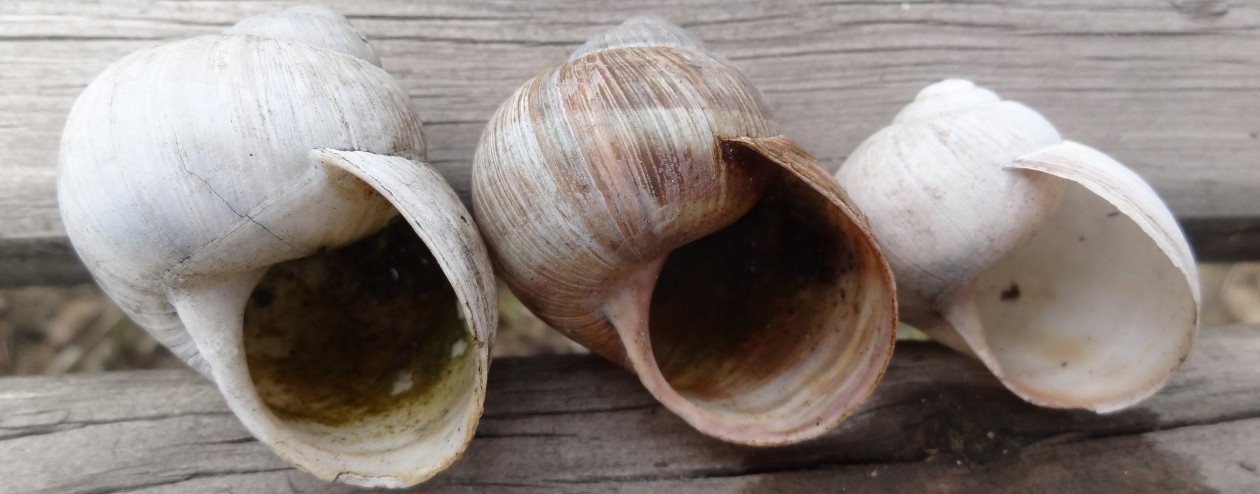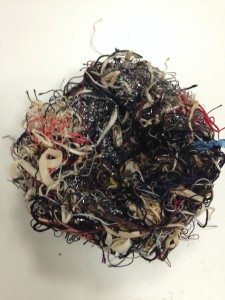Yesterday’s post was about the first triad for the interlocking project. And here is the second triad [I call it a triad but I did not make one of the three, which will be clear from the pictures below].
I was thinking about simplicity and complexity – how complex shapes can give simple interlocking and simple shapes can have complex interconnectedness.
Here is the Woodruff key. It’s job is to hold a gear onto a shaft so the shaft and gear move together.
 The engineer has to make the grooves in the shaft and the gear be just the right width and depth for the key. And the key has to have just enough slope on the face away from the shaft to allow it to be gripped in the slot in the gear: too much slope and it will easily become loose but too little slope and it could become solidly lodged between the gear and shaft! Complex shapes giving a simple solution to locking a gear on a shaft.
The engineer has to make the grooves in the shaft and the gear be just the right width and depth for the key. And the key has to have just enough slope on the face away from the shaft to allow it to be gripped in the slot in the gear: too much slope and it will easily become loose but too little slope and it could become solidly lodged between the gear and shaft! Complex shapes giving a simple solution to locking a gear on a shaft.
Next up is organic arrangement of hydrangea, teasel and pine cone.

Each has its own symmetry – bract and flower bearing parts [the bits which look like petals are not true petals but bracts [not part of the flowers]] branch off the hydrangea stem in almost opposing pairs and the next pair are almost at 90 degrees offset to the ones below. The teasels have closely packed spirals of flowers buried deep in the cone-like structure formed by bracts. There are quite a lot of spines too. The pine cone has less densely packed spirals of scales, which protect the seeds. The spirals for the teasels and pine cone are related to the Fibonacci series and can be seen to have main spirals in one direction and secondary spirals in the other [it depends which way you look at them for a clockwise spiral looking up from the bottom, looks anticlockwise looking down from the top]. Although they each have their own symmetries, the symmetries clash and hold the all the elements together.
The last of this triad is my favourite of the three and is made of thrumbs [the short ends of threads created when setting up a loom], long wood shavings from planing a piece of wood and a metal pan scrubber [I would have used metal swarf from a lathe if I could find some]
All long, thin, flexible and simple bits of waste. Yet, by pushing these simple elements together I created a nest which would be difficult to untangle and very difficult to define in terms of what keeps it together and how each strand is positioned relative to the others in the nest.
Final triad tomorrow and then what?
Vincent

